by Michael Haskew
Exiled on the island of St. Helena since his defeat at the Battle of Waterloo, Napoleon Bonaparte, once Emperor of France and master of the greatest expanse of European territory since the days of the Roman Empire, died at the age of 51 on May 5, 1821. Debate raged for years as to the direct cause, some even speculating that he was poisoned with arsenic. It was, however, most likely advanced stage stomach cancer.
[text_ad]
In his will, written at Longwood House on the prison island, Napoleon specified his desire to be entombed in the French capital of Paris. “It is my wish that my ashes may repose on the banks of the Seine, in the midst of the French people, whom I have loved so well,” he wrote. That wish, however, was not fulfilled for nearly 20 years. Largely through the efforts of King Louis Philippe and diplomat Adolphe Thiers, the emperor’s remains were returned to Paris in 1840 during a series of events and funerary ceremonies that are known collectively as the “retour des cendres,” or return of the ashes. Napoleon was not cremated, and the reference to ashes relates to his mortal remains.
Les Invalides, The Final Resting Place
After the body was returned to Paris, a state funeral was held on December 15, 1840, and the procession stretched from the Arch de Triomphe along the Champs Elysées and the Place de la Concorde, the Esplanade, and then to St. Jerome’s Chapel. It lay in repose there for more than two decades until the construction of the emperor’s tomb was completed at Les Invalides, a home for French war veterans, museum, and chapel. In 1861, the remains were moved to their permanent location beneath the grand rotunda of Les Invalides.
Dressed in his Chasseur of the Guards uniform and decorated with the Legion of Honor and the Iron Crown, the body of Napoleon lies within five progressively larger coffins of metal and exotic woods, including mahogany and ebony. The coffins are placed inside a massive sarcophagus of red quartzite from the northern European region of Karelia. Adorned with laurel wreaths and surmounted by elaborate scrollwork, the sarcophagus is 16.4 feet tall, just over 13 feet long, and more than 6.5 feet wide. It rests on an expansive base of green granite from the Vosges Mountains of France. The polychromic mosaic on the floor forms a star and a laurel wreath inscribed with the names of eight of Napoleon’s greatest military victories.
Reminiscent of a Roman Caesar
Around the circular walls stand 12 white marble statues of Victories, their backs against the supporting pilasters of the structure, symbolizing Napoleon’s military campaigns. Amid artistic representations of Napoleon’s achievements in law and government stands an imposing statue of the emperor in his coronation robes and wearing a laurel crown, reminiscent of a Roman Caesar. Just as Bonaparte’s military accomplishments caused Europe to shudder during his lifetime, visitors to Les Invalides are awed by his presence in death.
Les Invalides is also the final resting place of two of Napoleon’s brothers, his son, and other great French military commanders, including marshals who served with the emperor and 20th century icons such as Marshal Ferdinand Foch, Allied supreme commander during World War I, and Philippe Leclerc and Jean de Lattre de Tassigny, leaders of French forces in World War II.
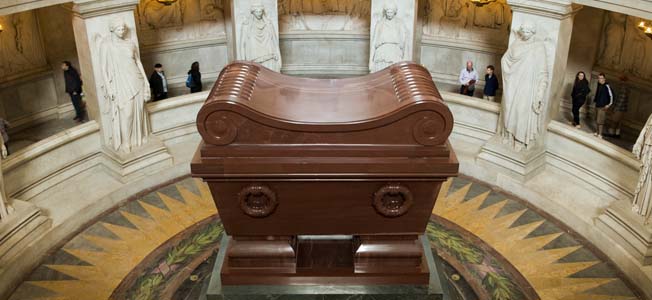

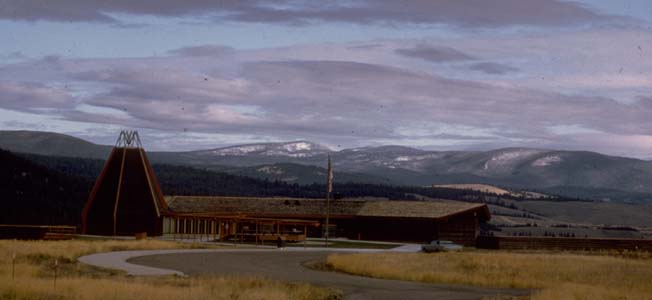
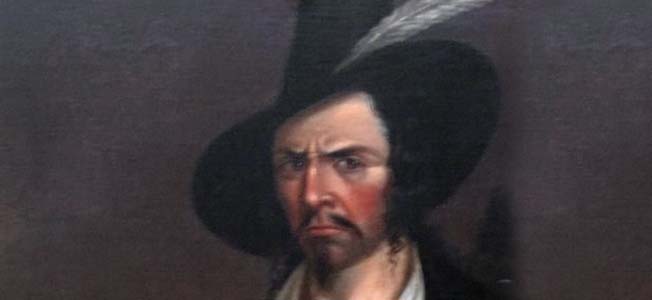
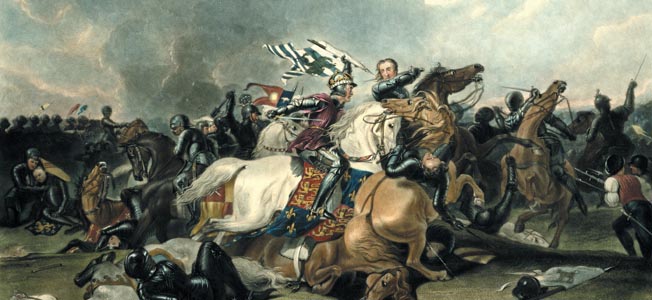
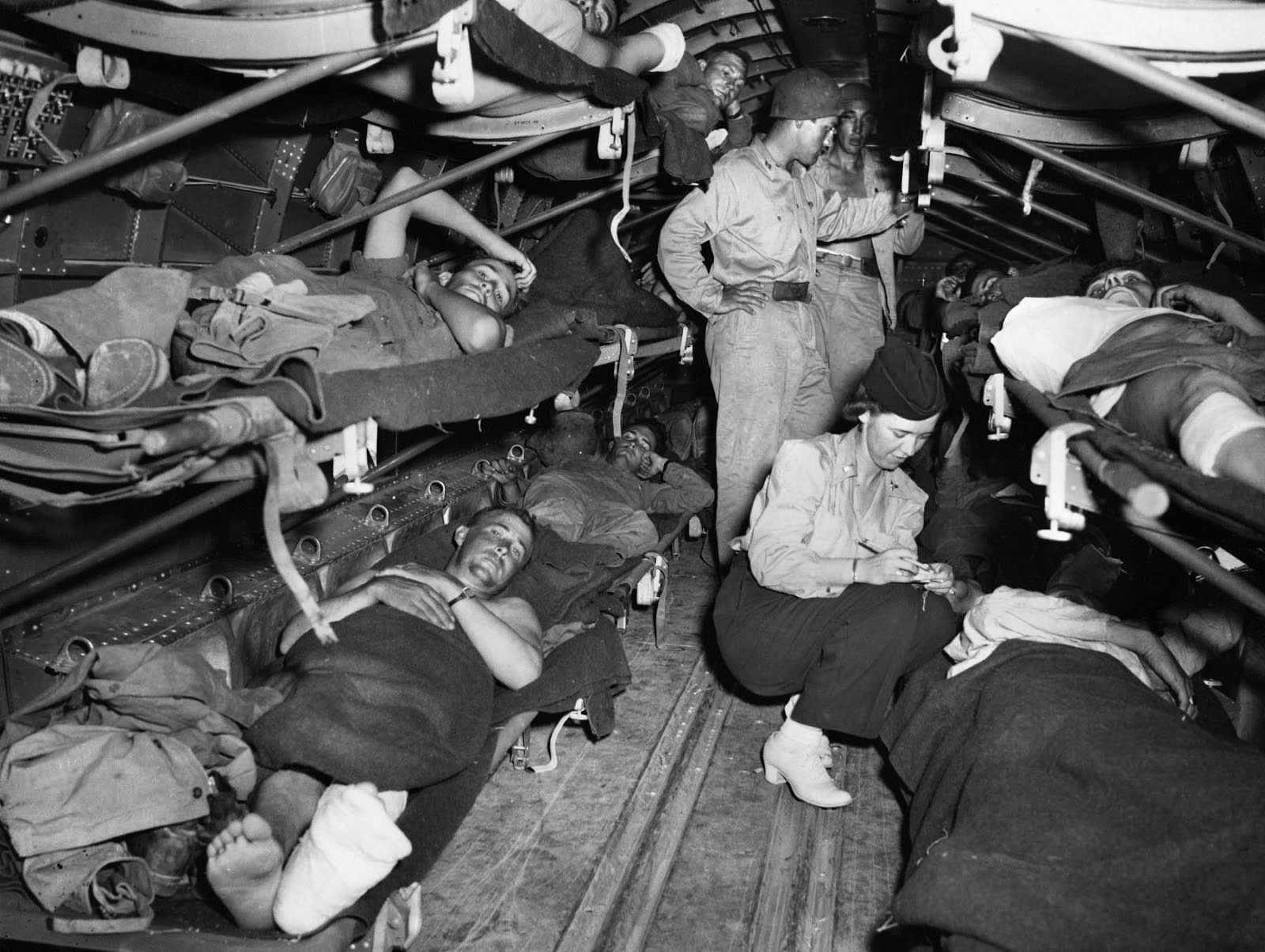

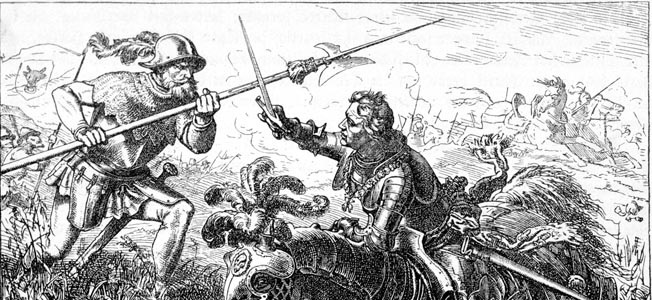
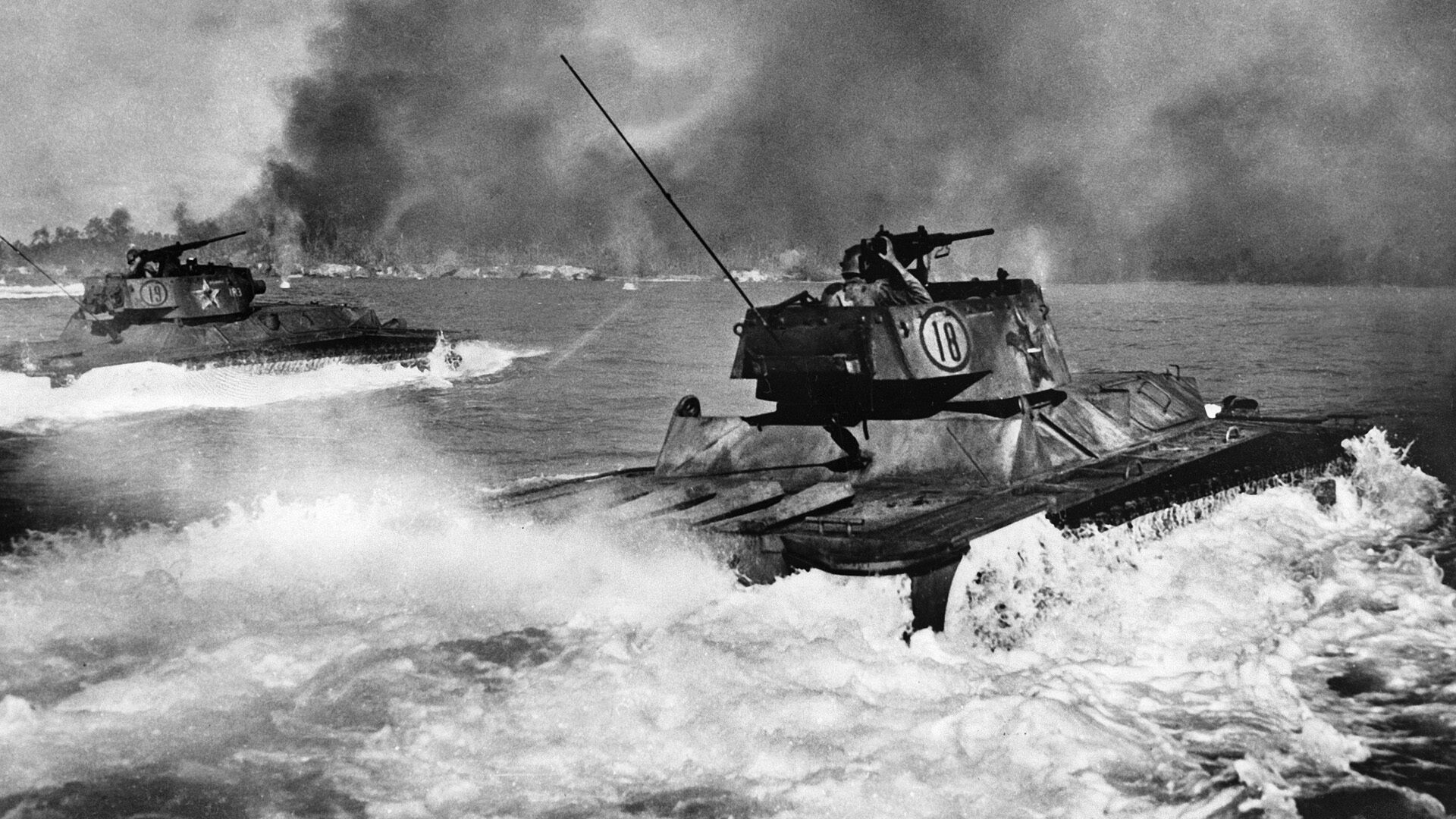
Join The Conversation
Comments
View All Comments